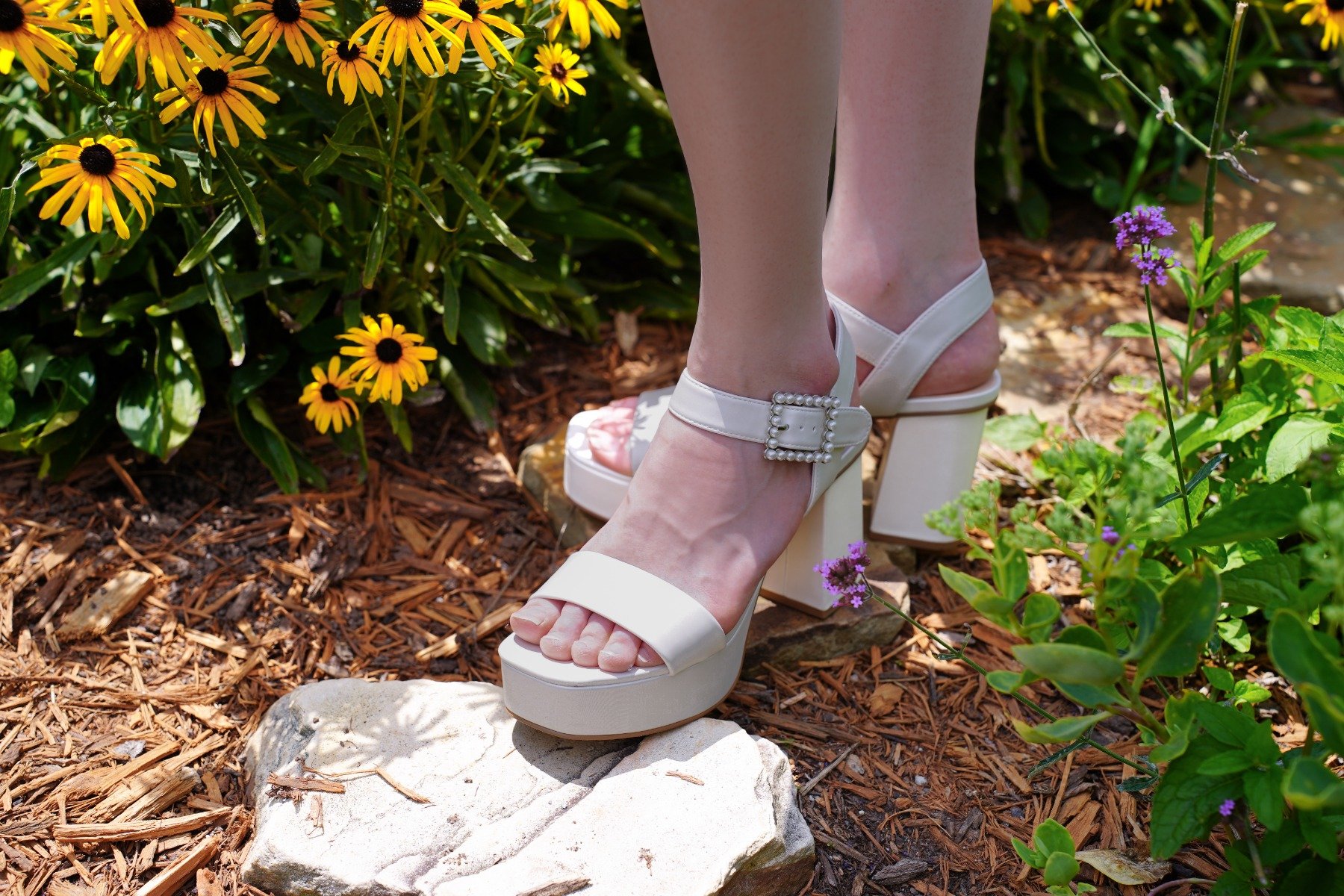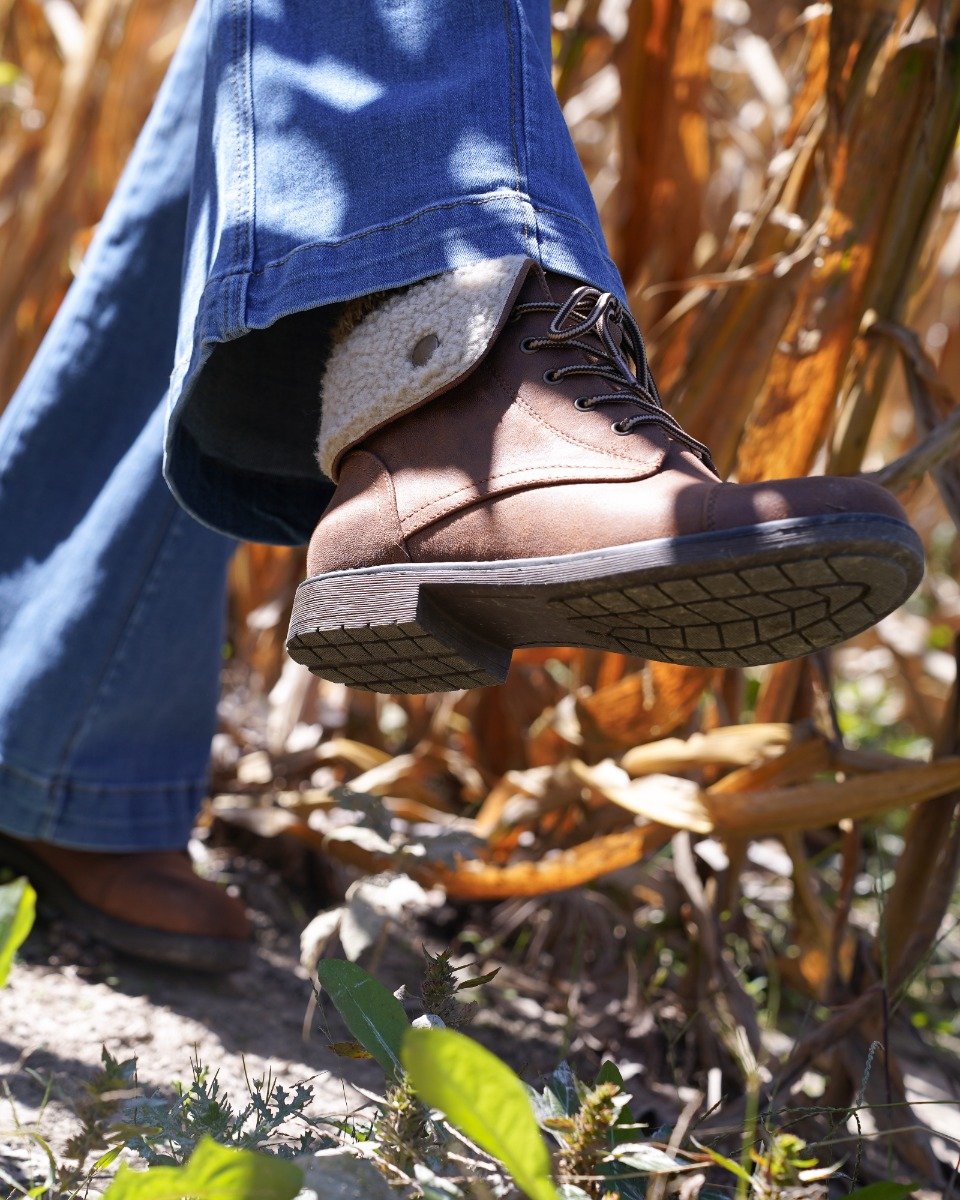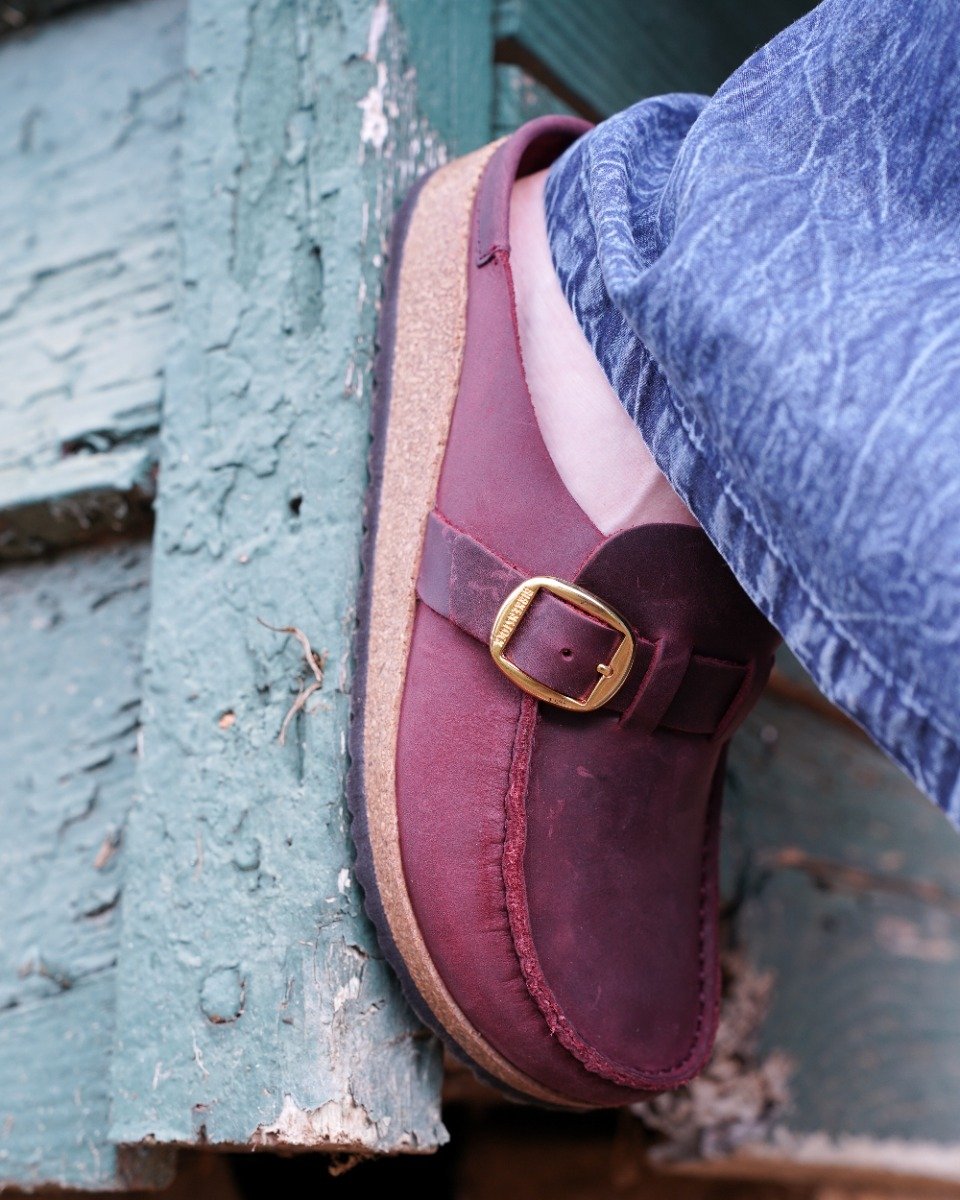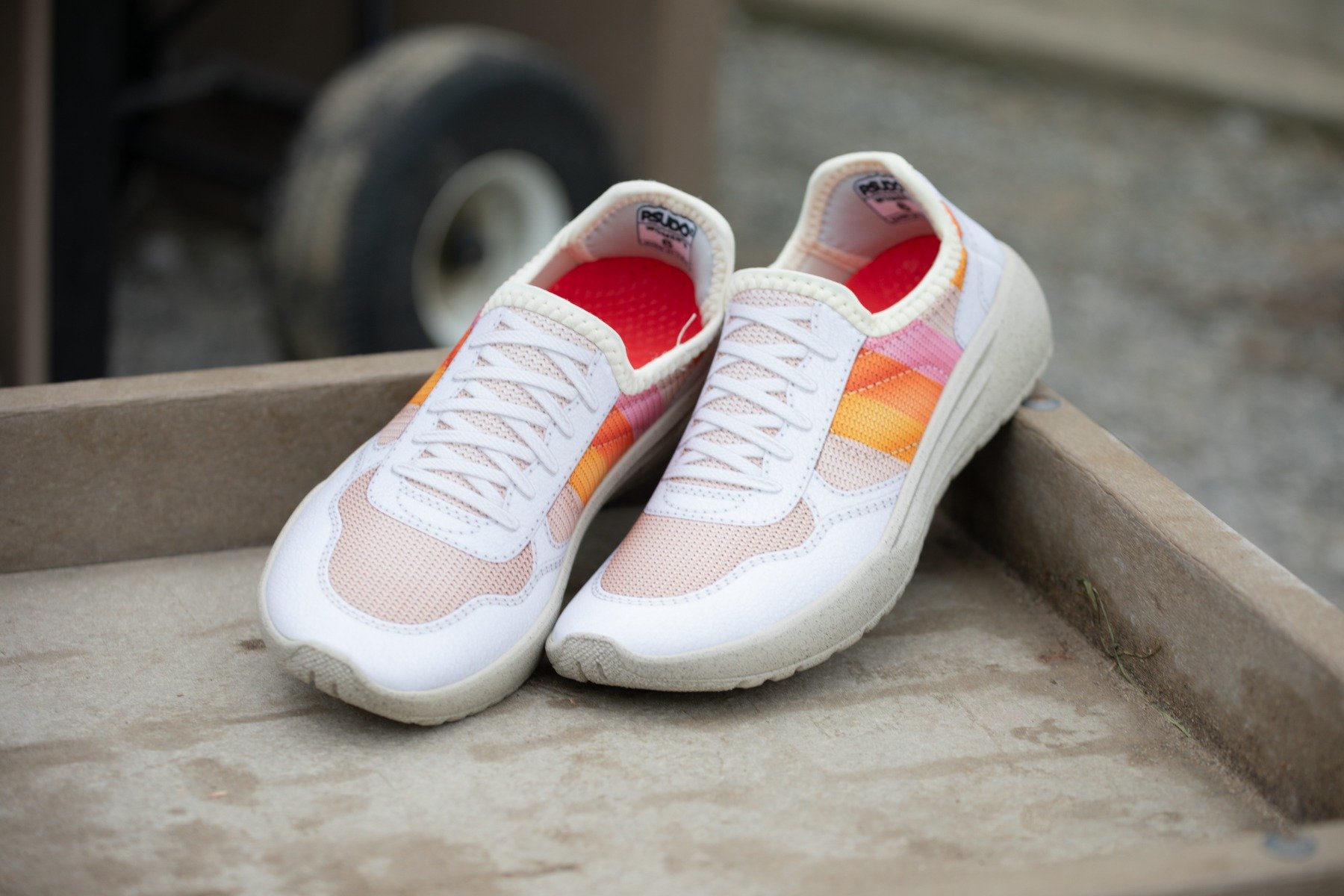Spring is here, and we're all looking forward to stepping out in lighter footwear like sneakers and sandals, but these fresher days also bring showers, mud, and puddles that can damage our footwear.
A little time spent waterproofing our footwear will protect our new purchases and beloved old favorites from the capricious spring weather.
Shoes made from synthetic materials generally don't need waterproofing, and, once you keep them clean, they should last you years without much effort. However, natural materials such as leather, suede, and canvas need some loving care to keep your feet dry and your shoes in good condition.
Start with Clean Shoes
There's no point in applying waterproofing coatings on top of a dirty shoe. Your shoes need to be fully clean and dry for the protective treatment to effectively absorb into the material.
If you're giving your old pair of leather boots a spring waterproofing, make sure to clean them first with a damp cloth to remove the dirt and the old waterproofing. Allow them to dry, and then apply the waterproofing product.
Read any instructions that came with your shoes, first, before using your waterproofing product. You don't want to add too much cream to your leather or spray too closely to suede, or the product won't soak in properly.
Remember, your shoe is made up of more than one type of material. Extras such as laces, sequins, or trims shouldn't be treated along with the rest of the shoe. Remove laces and cover any fancy fabric or decorations on your shoes so your waterproofing product doesn't stain or damage them.
When to Waterproof
Ideally, waterproof your shoes when they are new before they've gotten wet or dirty, but don't worry if you've already worn your shoes in bad weather; with a little preparation, you can get them ready to survive this spring.
Then, once you've protected your shoes, you can do an annual conditioning and waterproofing.
Before you start, you need to determine what is the best type of waterproofing method to use based on the type of shoe you bought. Generally, soft leather can be conditioned and waterproofed by rubbing in creams, oils, or beeswax. Suede and other soft materials are better treated with a waterproofing spray.
Caring for Suede

Always waterproof delicate fabrics such as suede before you wear them outside.
If you've been wearing your suede shoes already, the suede may appear knotted and unkempt. If this is the case, you can use a suede brush to smooth it out before cleaning.
Next, apply a non-toxic Sheepskin Cleaner and Conditioner.
Place your shoes on newspaper or cardboard to protect the surface underneath before spraying with a specially-formulated stain and water repellent. Do this in a well-ventilated area because the fumes are strong.
Remember to hold the can at least six inches away from your shoes and move the can around briskly so the liquid enters the fabric evenly.
The spray dries quickly, and your shoes will be ready to wear almost immediately.
Conditioning Leather

Some creams and oils may stain your leather. Before you treat leather shoes, do a patch test on an inconspicuous place, such as the tongue, to make sure your treatment will not alter the color of the shoe.
Creams and oils can be rubbed into the leather with a soft dry cloth. After thoroughly rubbing in the product, allow the shoes to dry for an hour before rubbing off the excess with another dry cloth and buffing the leather up to a shine.
This treatment waterproofs and conditions your shoes. Regular conditioning in this manner will keep the leather soft and supple, extending the life and look of your shoes.
Waterproofing Canvas Shoes
 Canvas shoes typically don't need any fancy waterproofing solution. You can make them water-resistant simply by applying warm beeswax.
Canvas shoes typically don't need any fancy waterproofing solution. You can make them water-resistant simply by applying warm beeswax.First, make sure your shoes are clean and dry before you start. Rub beeswax thoroughly all over the outside fabric of the shoe.
The beeswax needs to absorb into the fabric. Using a hairdryer, gently warm the wax so you can rub it in until it disappears.
Once the beeswax has been fully absorbed and there is no residue visible, allow the wax to re-harden and set for about 10 minutes.
Now you can wear your canvas shoes in the rain and keep your toes dry.
A little preparation and time will reward you will comfortable shoes that will not only keep you dry this spring but, also, keep your shoes looking like new.






